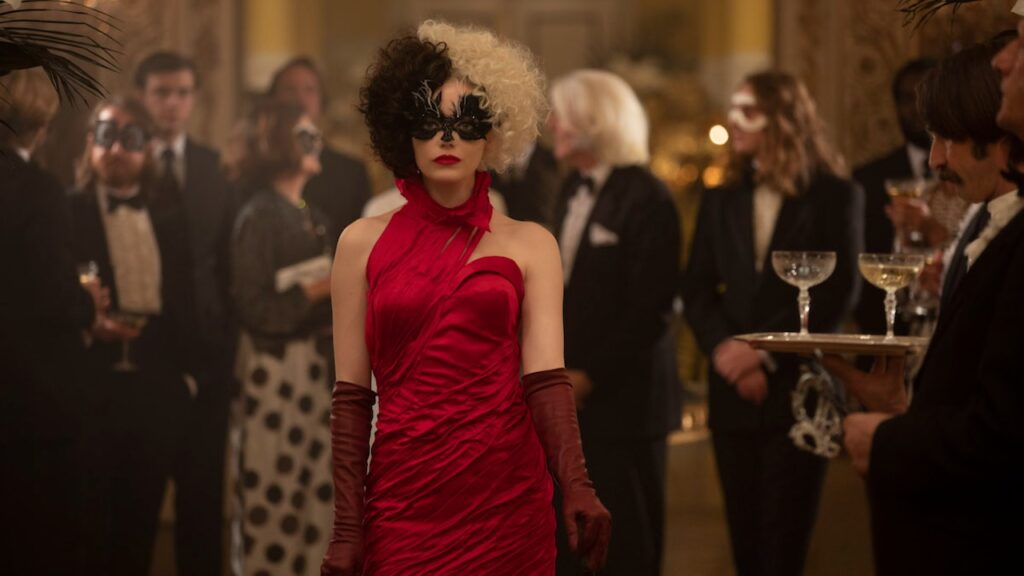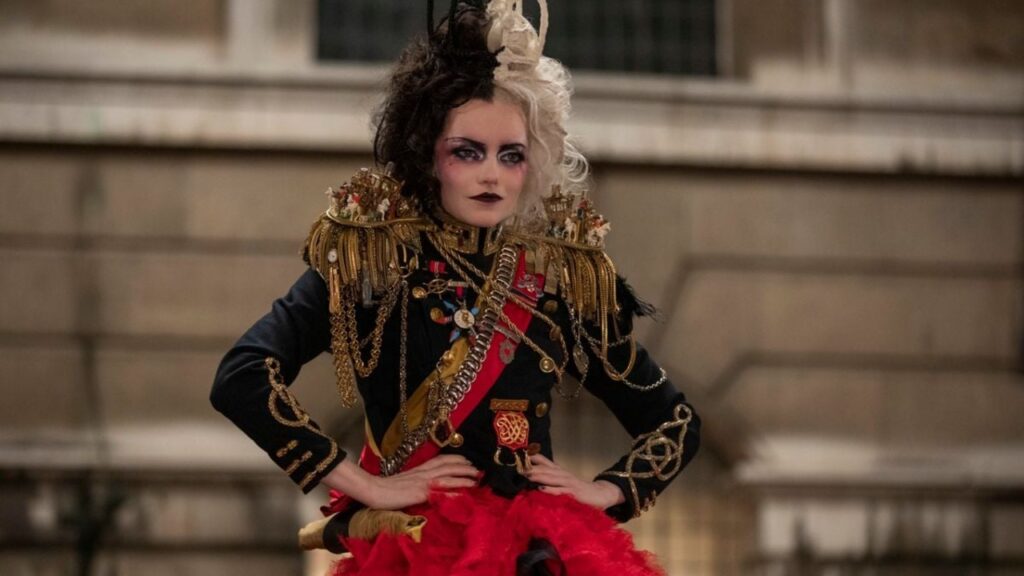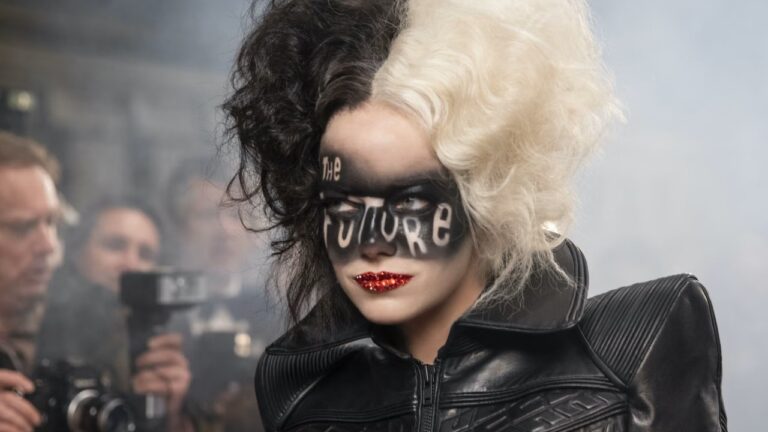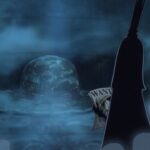‘Cruella,’ released in 2021 and directed by Craig Gillespie, gives us a closer look at one of Disney’s most infamous villains. The movie stars Emma Stone as the young Estella, who eventually becomes the iconic Cruella de Vil. Alongside her, Emma Thompson delivers a powerful performance as Baroness von Hellman. Joel Fry and Paul Walter Hauser play Jasper and Horace, who become her allies and partners in crime. From the very beginning, the film invites us to explore the complexity behind the woman we have long seen as merely a villain.
The story takes place in 1970s London, which provides the perfect past for a tale of rebellion and ambition. We see Estella navigating a world that often seems stacked against her, trying to find her place while discovering her identity. Her transformation into Cruella is not instantaneous but shaped by loss, betrayal, and a desire to claim power in a society that underestimates her. We watch as she develops her sharp fearless attitude, and bold fashion sense, eventually defining Cruella de Vil’s persona. The movie shows us that identity can sometimes evolve dramatically when circumstances push us to redefine ourselves.
Fashion, Rivalry, and Friendship Shape Cruella’s Transformation

One of the strongest aspects of Cruella is how it balances dark humor, drama, and fashion in a way that keeps us engaged. Fashion is more than a concept here, because it is a form of expression for Estella. We see her creativity and defiance come alive through the costumes designed by Jenny Beavan, who earned an Academy Award nomination for her work. The outfits were extraordinary as they tell us about the character’s mindset, rebellion, and desire to challenge authority. Each costume reflects a piece of her transformation from a young girl who struggles to find her place into a confident, unapologetic woman who dares to break the rules.
The performances in the film also deserve attention because they give us someone to root for, even when their choices are morally complex. Emma Stone brings energy, vulnerability, and cunning to the role. We see her struggle with grief and anger, but also marvel at her cleverness as she navigates a world of privilege and power. Emma Thompson’s Baroness von Hellman is equally memorable, showing us what it means to wield influence in a world that often measures worth by wealth and status. Together, they create a personal and compelling rivalry, making the story about more than just revenge.
The film also reminds us of the importance of alliances and loyalty. Jasper and Horace are not just comic relief. They are companions who help Estella survive and embrace her new identity. Through them, we see the value of friendship even when life is chaotic and uncertain. The dynamic among the trio makes the story lighter at times, but it also reinforces the idea that relationships can shape who we become and how we respond to challenges.
Honoring the Past While Redefining a Classic Disney Villain

Another interesting aspect is how the film pays homage to the original 101 Dalmatians while carving its own path. From her half-black, half-white hair to the bold attitude we recognize, clear nods connect us to what we already know about Cruella. Yet, the movie does not rely solely on nostalgia, as it builds a story that feels fresh and relevant, giving us insight into why she became the person we thought we knew. We can notice small Easter eggs and references that remind us of her future as a villain, but we are also encouraged to understand her humanity.
Finally, the movie leaves us with questions rather than tidy answers, just as the story of Cruella herself is layered. It does not tell us whether she is entirely a hero or a villain, which is part of what makes the film interesting. We are invited to discuss her choices, her motivations, and whether the circumstances of her past justify the woman she becomes. In that sense, Disney’s Cruella gives us something a villain whose story encourages reflection, debate, and curiosity. It reminds us that every character has layers, and that identity, ambition, and morality are often intertwined in ways that are not simple to define.
By the end, we are left with a version of Cruella that is familiar and new. The film gives us laughter, tension, creativity, and moments of surprise. We see the journey of a young woman discovering herself, challenging norms, and embracing a persona that will forever change how we think about Disney potraying villainy. We are left thinking about her choices, style, and cunning in real and relatable ways. The story ends, but the conversation about who Cruella is and what drives her continues, leaving us to interpret the layers that Gillespie, Stone, Thompson, and the team have given us.




